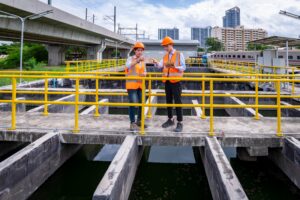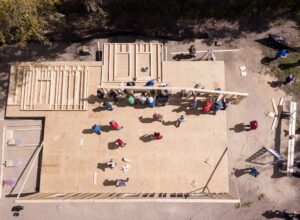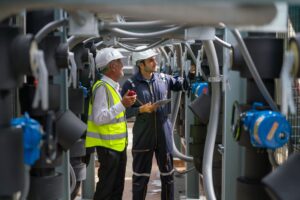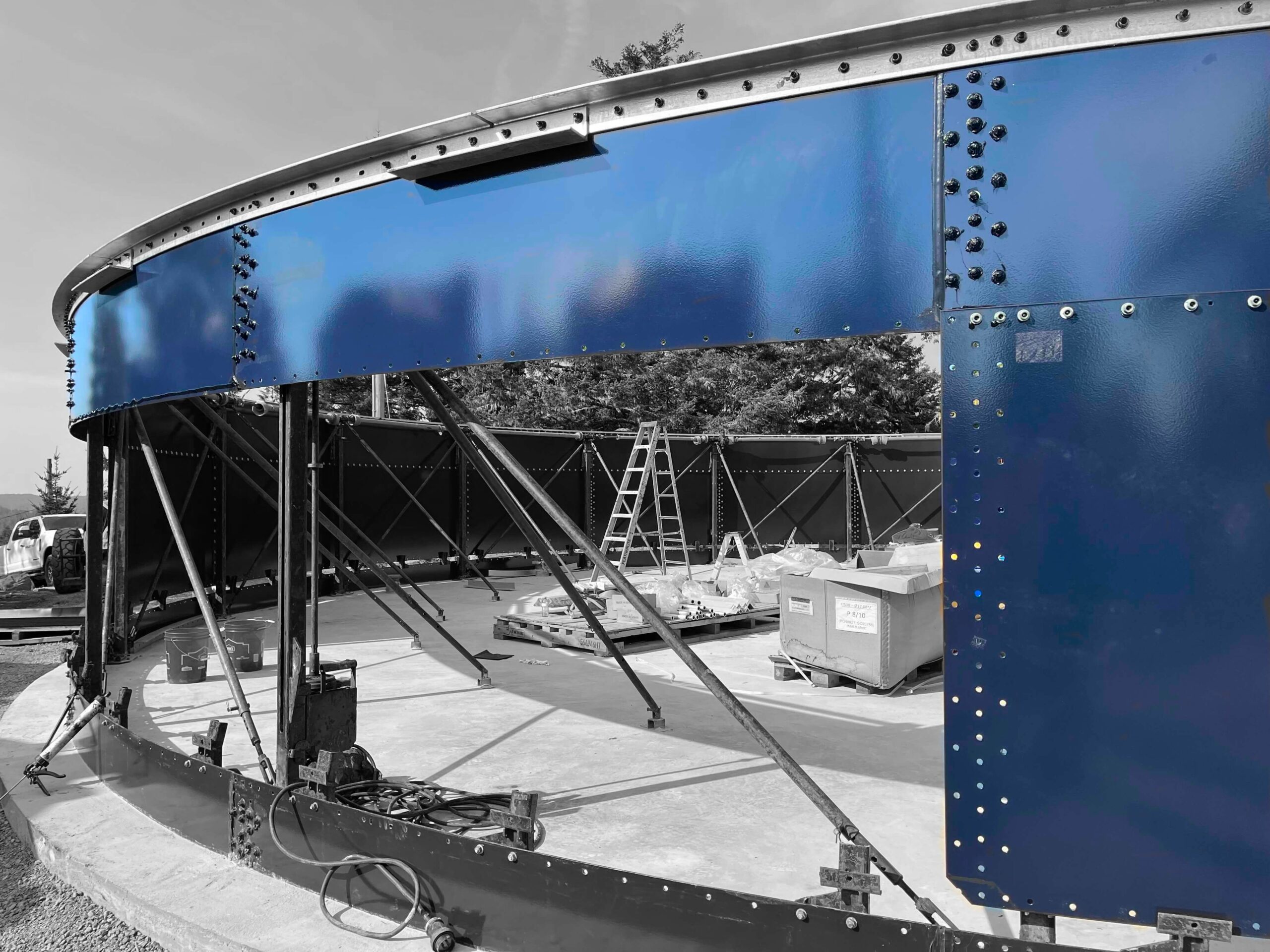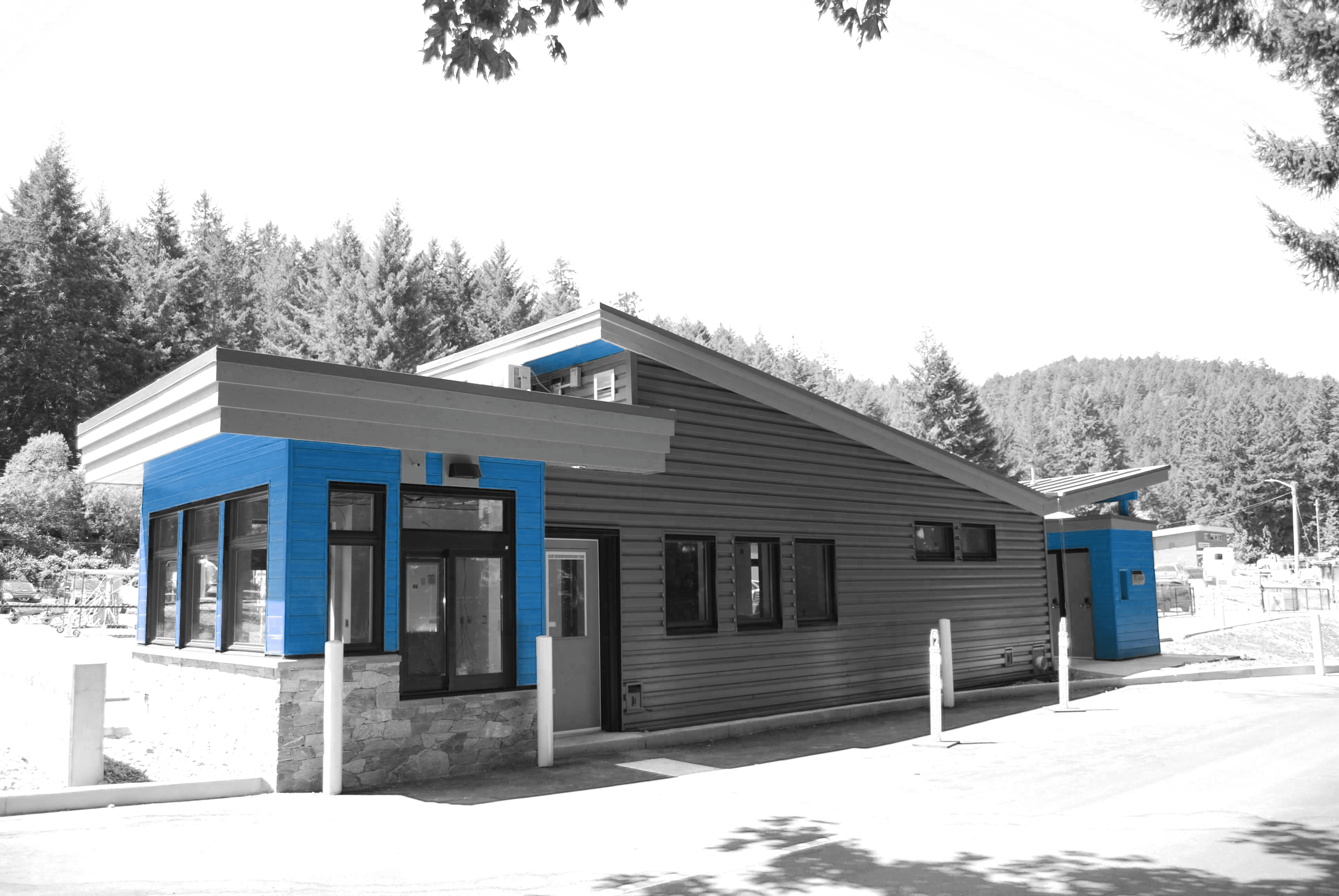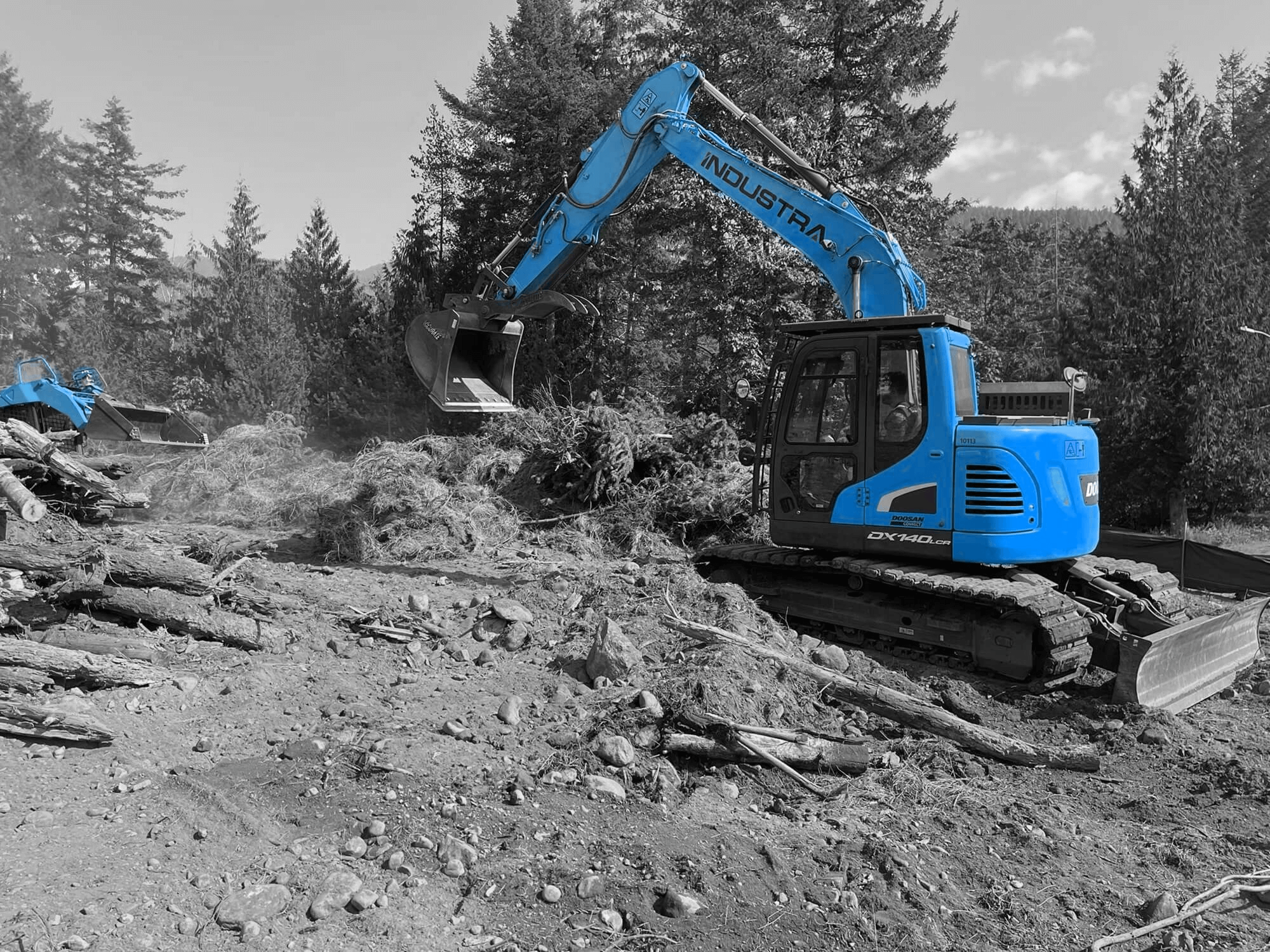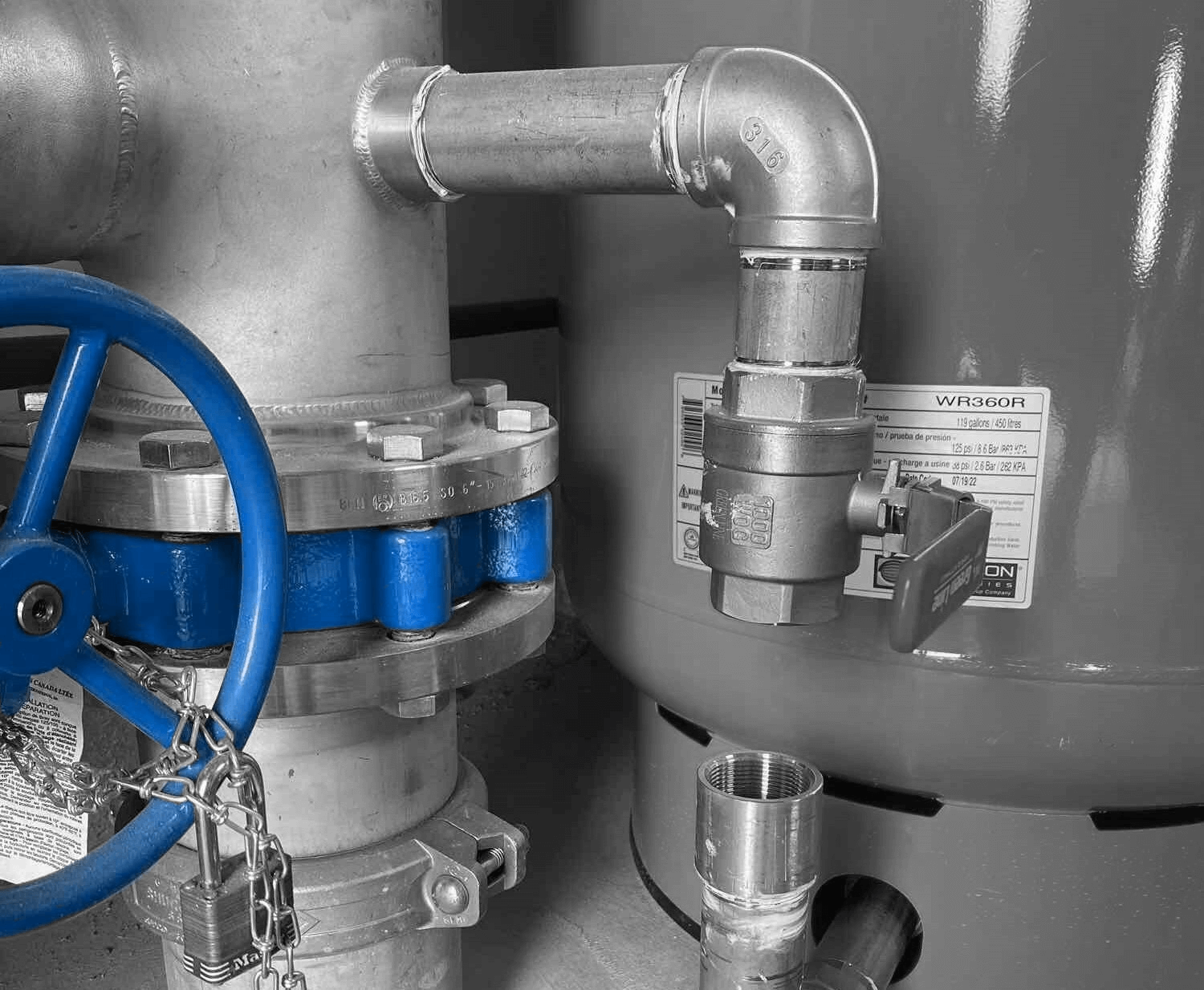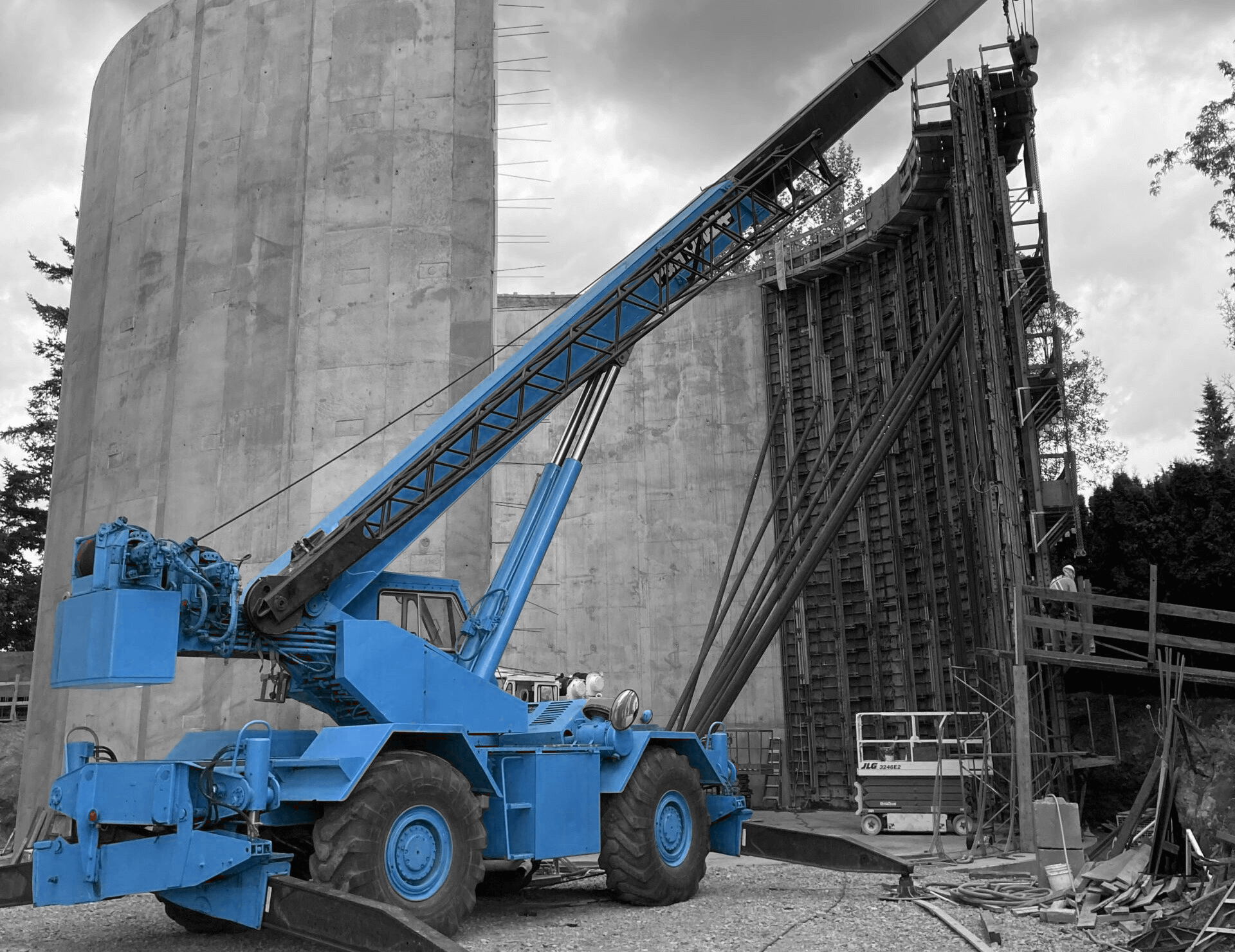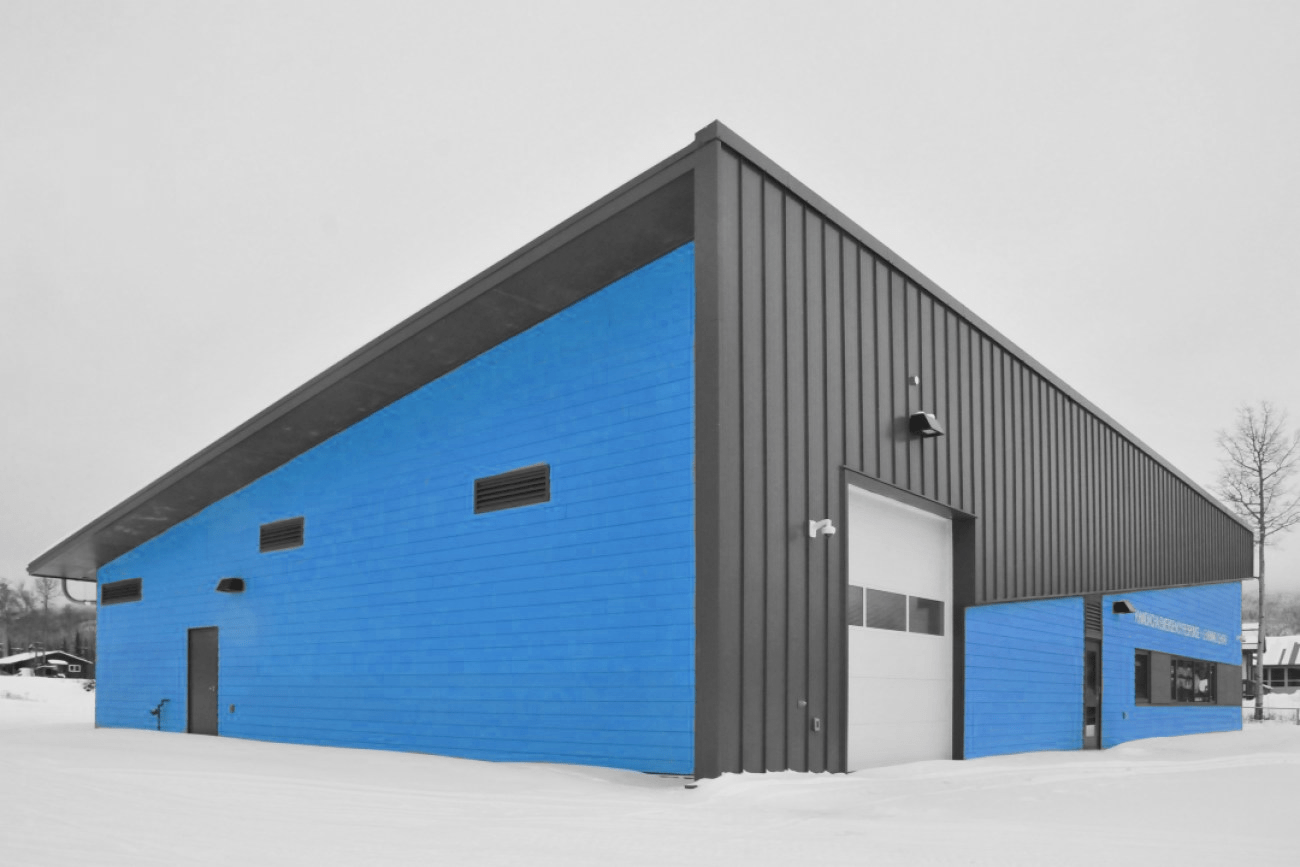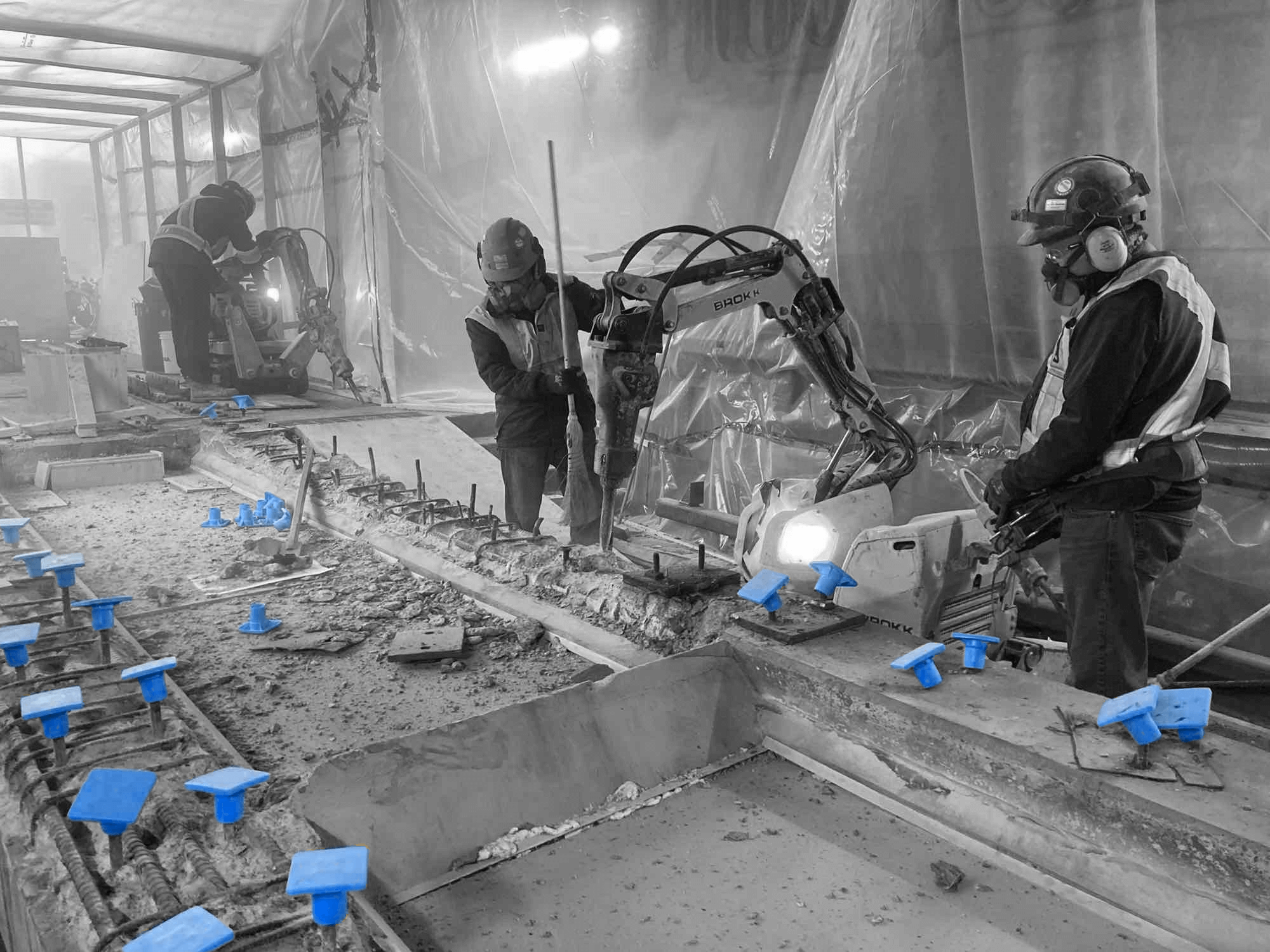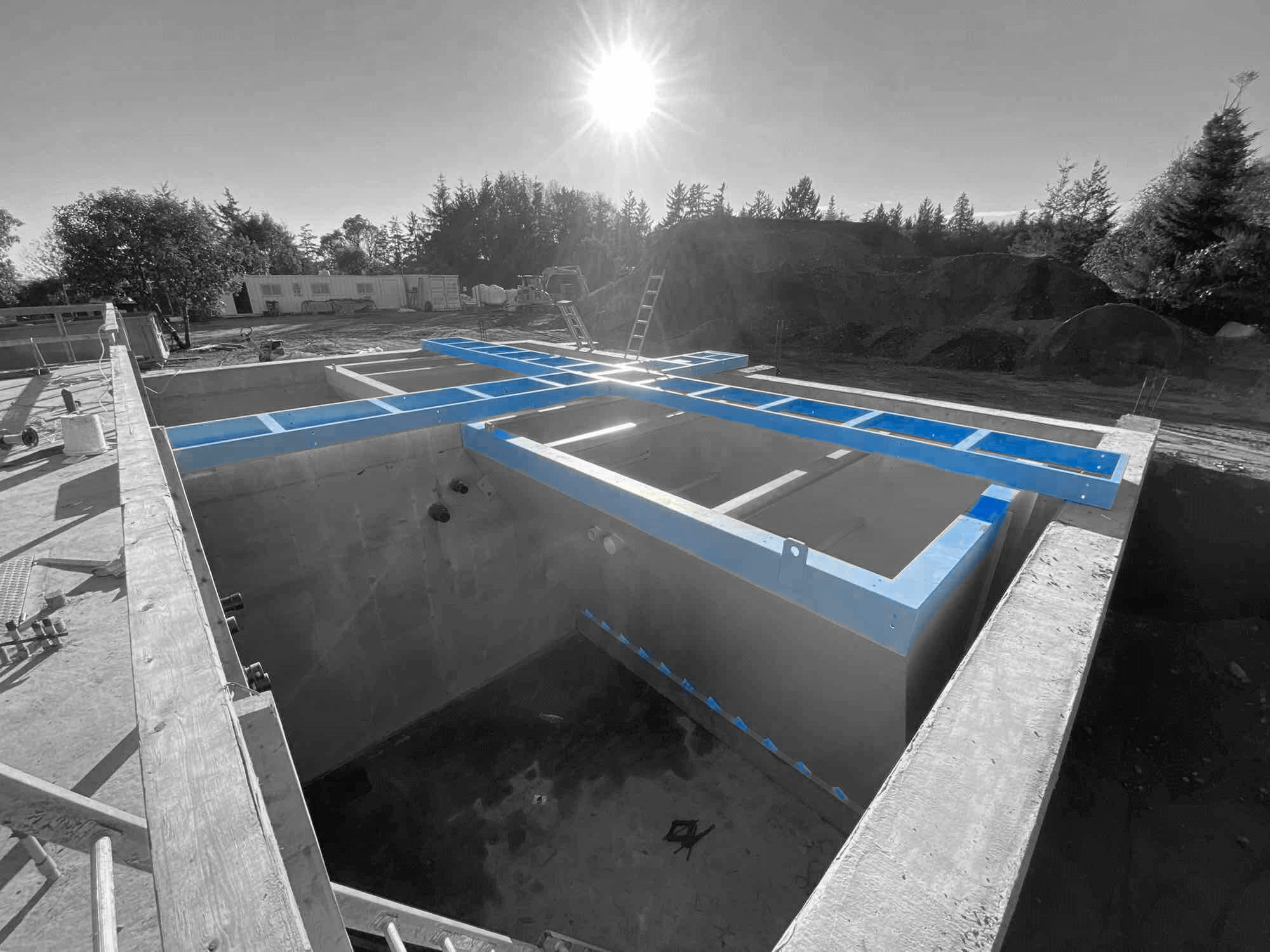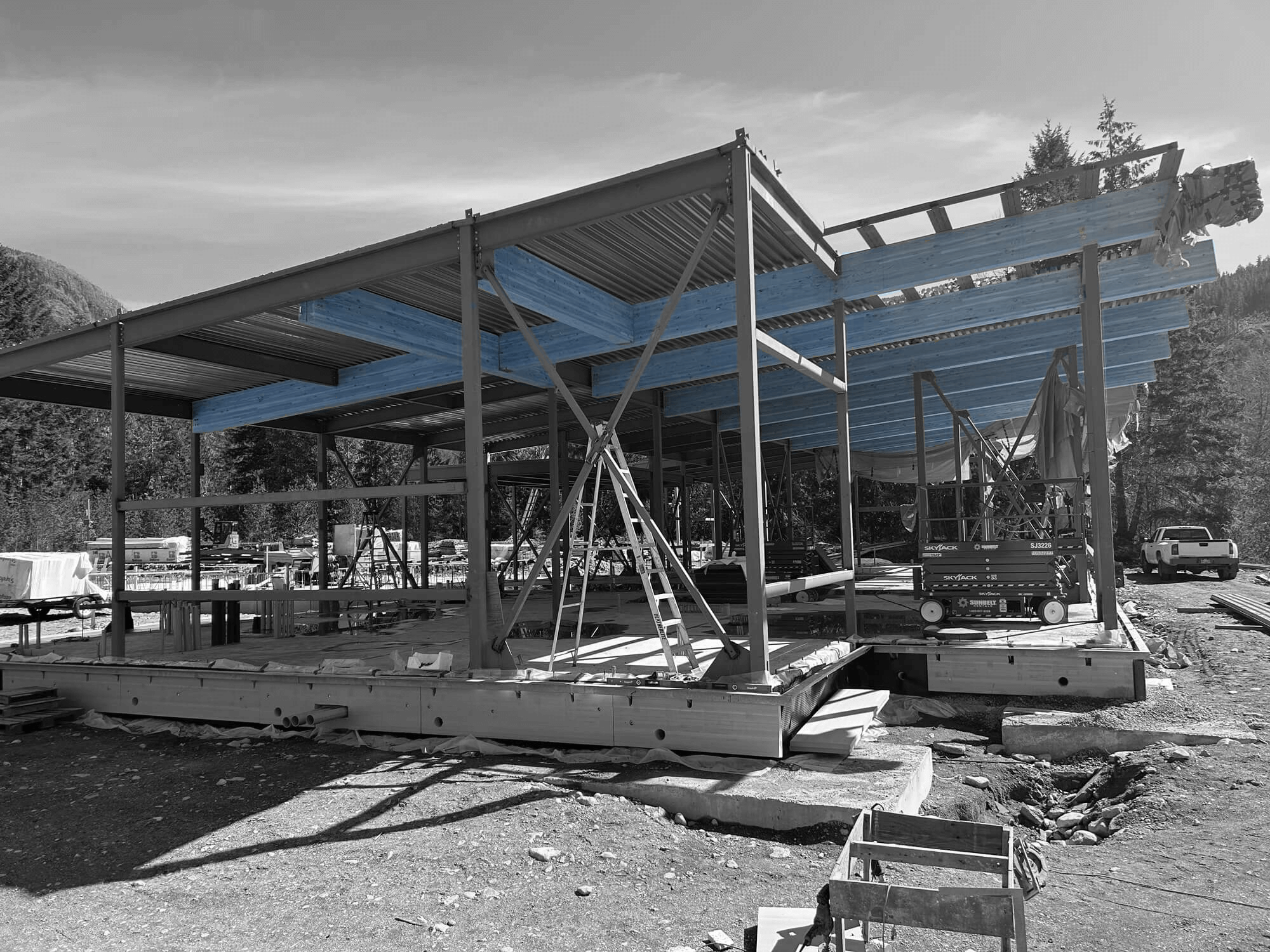Civil construction plays a vital part in managing water resources, an increasingly important task given global water scarcity. By focusing on how we use water during construction processes, we can make significant strides toward conservation. This approach not only helps preserve natural reserves but also promotes sustainability in construction.
Traditional construction methods often require large amounts of water for activities like mixing concrete, dust control, and compaction. Recognizing these demands, civil engineers and builders are now prioritizing ways to minimize water usage. By implementing resource-saving techniques, we can significantly reduce the industry’s impact on water resources.
Innovative strategies and designs are shaping the future of civil construction, making it more sustainable and responsible. By rethinking traditional practices, the industry can address water conservation challenges effectively. These efforts ensure a balance between development and environmental stewardship, paving the way for a future where conservation and construction go hand in hand.
Understanding Water Use in Civil Construction
Water is a crucial resource in civil construction, used across various stages and activities. From the site preparation to the final touches, construction projects rely on water to facilitate processes and ensure quality results. Recognizing where and how water is used can help in understanding and implementing conservation strategies.
Key areas where water is used in construction include:
– Mixing Concrete: Water is essential in creating concrete, which is a fundamental material in construction projects.
– Dust Control: Spraying water on construction sites helps keep dust levels down, ensuring a safer working environment.
– Site Preparation: Activities like soil compaction and cleaning require substantial water use.
– Equipment Cleaning: Regular cleaning of tools and machinery is necessary to maintain efficiency and prevent contamination.
Realizing the impact of these uses on water resources prompts the industry to seek ways to minimize consumption. Nowadays, civil construction projects aim to use water more wisely, finding alternatives when possible and improving site management practices. Awareness is the first step toward creating systems that respect and conserve this precious resource. By examining and adjusting traditional practices, the industry can contribute positively to water conservation efforts.
Techniques for Reducing Water Waste on Sites
Reducing water waste on construction sites is a shared goal for everyone involved. By adopting practical techniques, civil construction can significantly lessen its water footprint. These techniques not only conserve water but also lead to cost savings, making them beneficial across the board.
Here are some effective techniques:
– Use of Recycled Water: Where possible, use water that has been recycled or collected onsite for tasks like dust control and soil compaction.
– Efficient Equipment: Employ machinery and devices that require less water without compromising on performance. This includes using water-saving hoses and nozzles.
– Smart Irrigation Systems: Implement controlled systems that deliver the right amount of water only when and where needed. These systems reduce wastage in landscaping and site maintenance.
– Training and Awareness: Educate workers on best practices for water use and waste prevention. Awareness campaigns can significantly change site habits and attitudes.
Additionally, monitoring water usage with smart meters provides insights into consumption patterns, allowing for informed decisions and quicker adjustments. This data-driven approach identifies areas where further improvements can be made.
Focusing on techniques that actively reduce water waste supports not just environmental goals but also enhances the sustainability of construction projects. By nurturing a culture of conservation, construction sites transform into environments where resource efficiency and ecological responsibility go hand in hand.
Designing Water-Efficient Infrastructure
A crucial step towards water conservation in civil construction is designing infrastructure that makes efficient use of water. This approach helps buildings and facilities operate sustainably, reducing their impact on natural resources.
Water-efficient infrastructure includes several key components:
– Low-Flow Fixtures: Install taps, showerheads, and toilets that use less water without compromising performance. These fixtures can significantly cut water usage in commercial and residential buildings.
– Green Roofs and Walls: Integrate plants in the design of roofs and walls to capture rainwater and reduce runoff. These features also provide insulation and improve air quality.
– Permeable Pavements: Use paving materials that allow water to seep through to the ground, reducing excess runoff and minimizing load on stormwater systems.
– Rainwater Harvesting Systems: Set up systems to collect and store rainwater for non-potable uses like irrigation and toilet flushing.
By prioritizing these design elements, construction projects can make a positive difference in water conservation. Thoughtful planning and design can transform infrastructure into efficient water users, setting the stage for responsible future development.
Future Innovations in Water-Conserving Construction
As water conservation becomes increasingly critical, innovation in construction is advancing to meet these needs. The industry is exploring new technologies and methods to improve water efficiency in all phases of construction.
Emerging innovations include:
– Smart Water Management Systems: These systems use sensors and smart tech to monitor and control water use in real time, identifying leaks and optimizing consumption.
– Advanced Materials: Research into materials that absorb and retain water efficiently is paving the way for more sustainable building options.
– Greywater Recycling: Increases are seen in systems that treat and reuse greywater from sinks and showers for landscaping and other non-drinking purposes. This reduces demand on freshwater supplies.
Integrating these innovations can help construction projects achieve greater sustainability. By adopting forward-thinking approaches, the construction sector can reduce its environmental footprint and contribute to broader conservation goals. This proactive stance ensures the industry remains adaptable and responsible in its use of water resources.
Conclusion
Civil construction has a major role in addressing water conservation challenges. By implementing water-efficient designs and technological innovations, the industry can significantly reduce unnecessary water usage and impact natural resources. Creating infrastructure that respects water resources is not just a necessity; it’s also an opportunity to lead by example in sustainable development.
The responsibility lies not only in what we build but also in how we build it. As professionals, businesses, and communities prioritize conservation practices, civil construction can help shape a world where development and environmental stewardship co-exist harmoniously. This path demands commitment and collaboration, driving us toward a future that values and preserves our precious water resources.
Interested in making your construction project water-efficient? Partner with Industra Construction Corp., experts in sustainable design and resource management. Let us help you build smarter, conserve more, and ensure your project’s success with cutting-edge practices. Contact our construction expert today to learn more about how your project can contribute positively to water conservation efforts.



